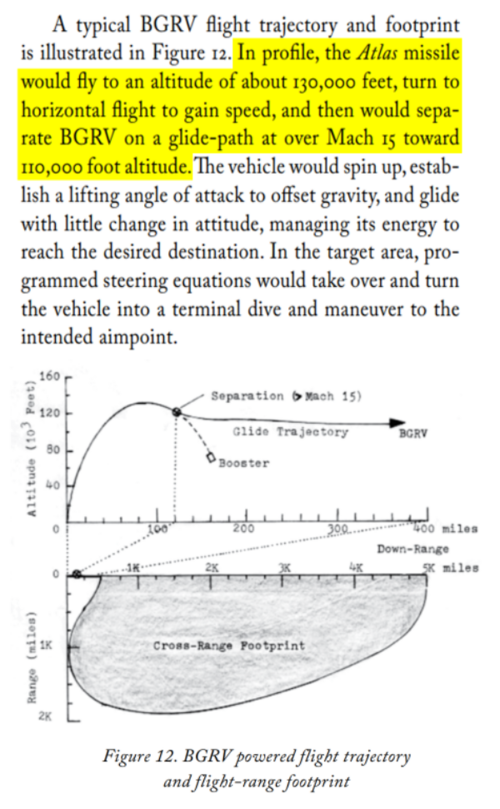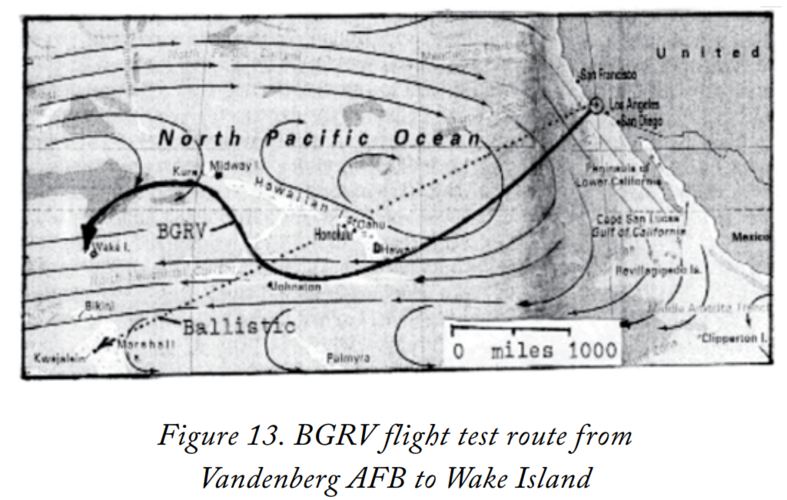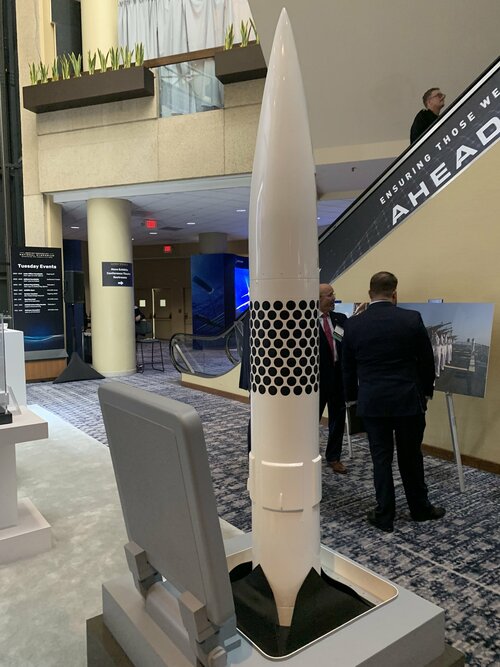Trivial weight compared to most to orbit launchers is a given. The question is how heavy and with how much envelope outside their orbital inclination. IMO the greatest threat is high altitude gliders and scramjets that avoid (or largely avoid) an exo atmospheric ballistic trajectory.
You're not going to get much dwell time/coverage from a satellite with high orbital eccentricity. A low perigee would presumably also shorten the lifespan of the satellite or increase its fuel requirements due to atmospheric drag.
Some kind of partial re-entry (and heat protection) is a given for a glider intercept, or else the target itself wouldn't be aerodynamically maneuverable (or possibly even detectable by the new sensor layer). So we are talking about a re-entry that probably will likely place more heat stress on the interceptor than on target, since the interceptor is dropping from an orbital velocity down into the upper atmosphere and the target is coasting from a sub orbital boost.
I think the altitudes and velocities needed to create a constant coverage satellite constellation of interceptors able to deorbit to intercept in upper atmosphere against a HBG make the idea impractical. Ballistic weapons yes, but I think the US already has a fair number of ground based solutions for that which can be locally/regionally based near the defended targets. I'll leave it at that.
From what I understand, they still fly at about 60-70km where the air density is fairly superficial, you need some heat resistance but not as much as a full RV. Even if you do need a full RV, the full weight of an ICBM RV is ~400-600lbs and for a KKV, you won't need anything that big, for the KKV bus + KKV you might, so that's really an upper limit. We can't really be sure of the target speed, the claims for Avangard's speed vary wildly.
Depends on the design of satellite as regards longevity.
With more countries and commercial companies heading into the stratosphere, the debate about how to define outer space is heating up.

www.nationalgeographic.com
It does but the cost of adding a non-reusable launcher to each KKV is significant, with reusable launchers, you only pay for the fuel and the KKV.

www.nationalgeographic.com

















